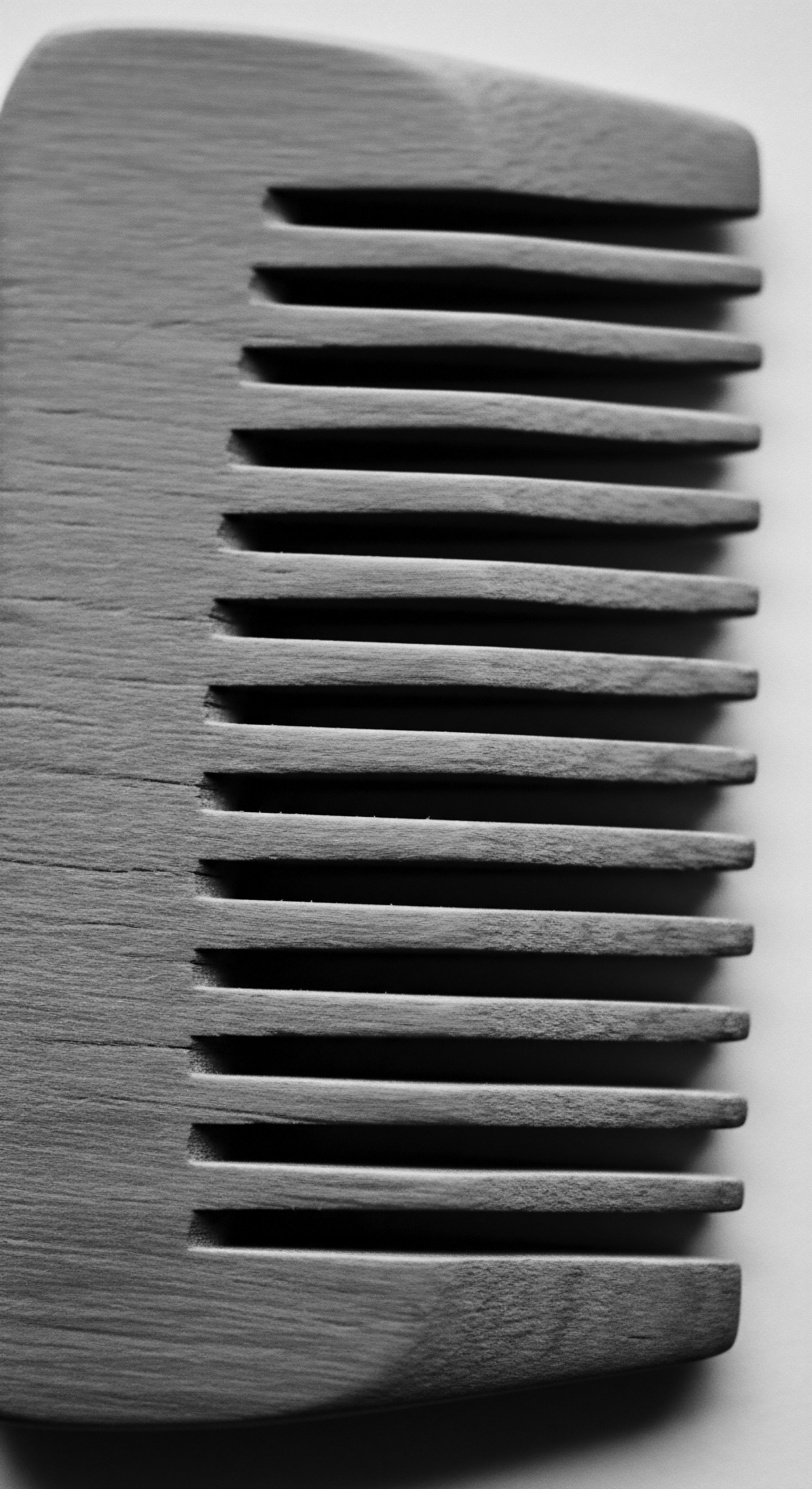
Can fenugreek’s ancestral uses inform modern protective styling for textured hair?
Fenugreek’s ancestral uses for strength and moisture directly inform modern protective styling, honoring textured hair heritage.

Scarcity Lessons
Meaning ❉ Scarcity Lessons delineate the profound wisdom, ingenuity, and resilience cultivated by generations navigating limited resources in textured hair care.

Historical Hair Resources
Meaning ❉ Historical Hair Resources refer to the enduring knowledge, practices, and cultural meanings of hair care passed through generations, particularly for textured hair.
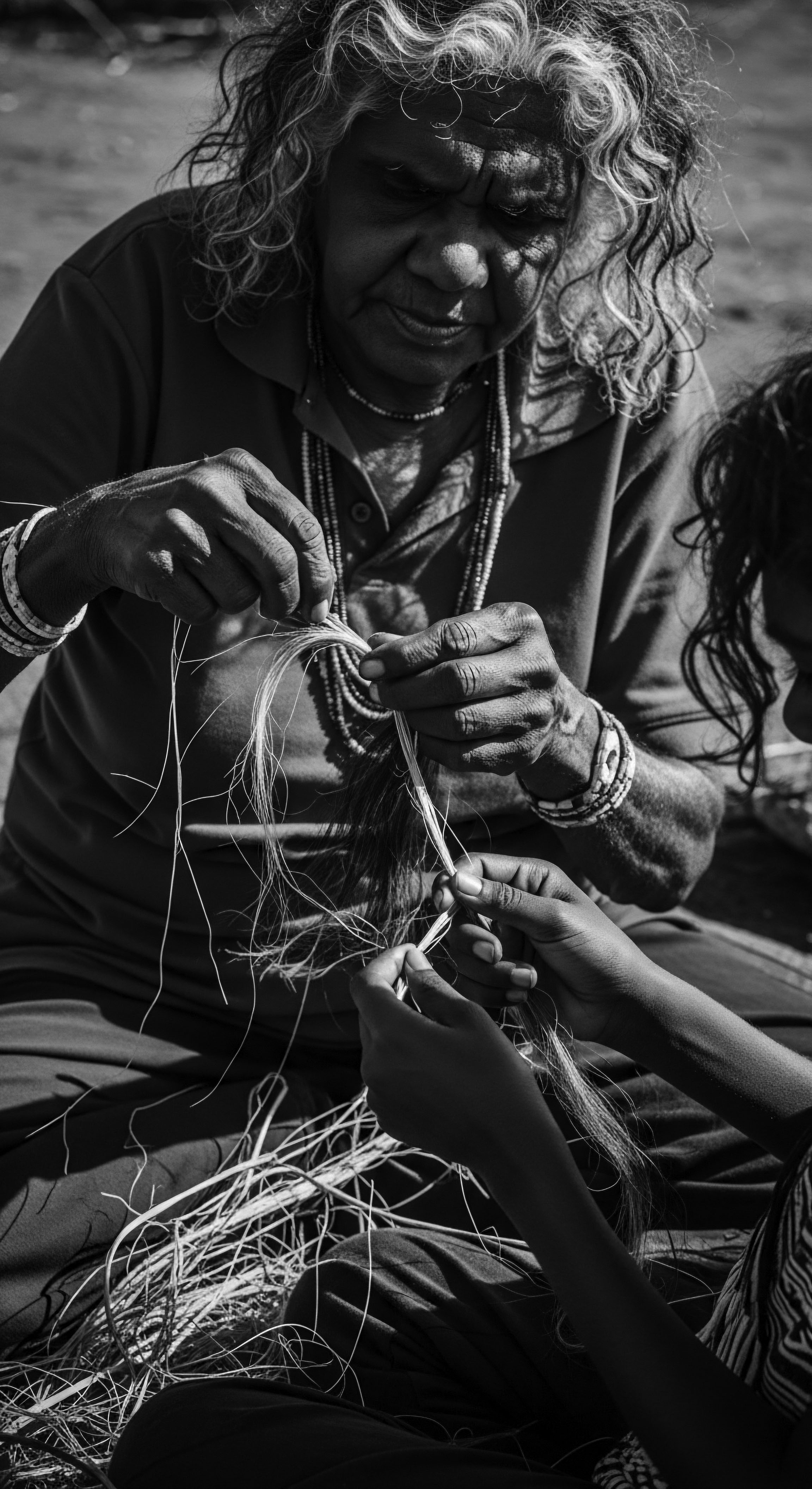
Hair Cycle Heritage
Meaning ❉ The Hair Cycle Heritage defines hair's biological journey interwoven with millennia of cultural practices, communal identity, and ancestral wisdom, particularly for textured hair.

What ancestral styling techniques inform current textured hair regimens?
Ancestral styling techniques, rooted in cultural identity and historical resilience, directly shape modern textured hair regimens.
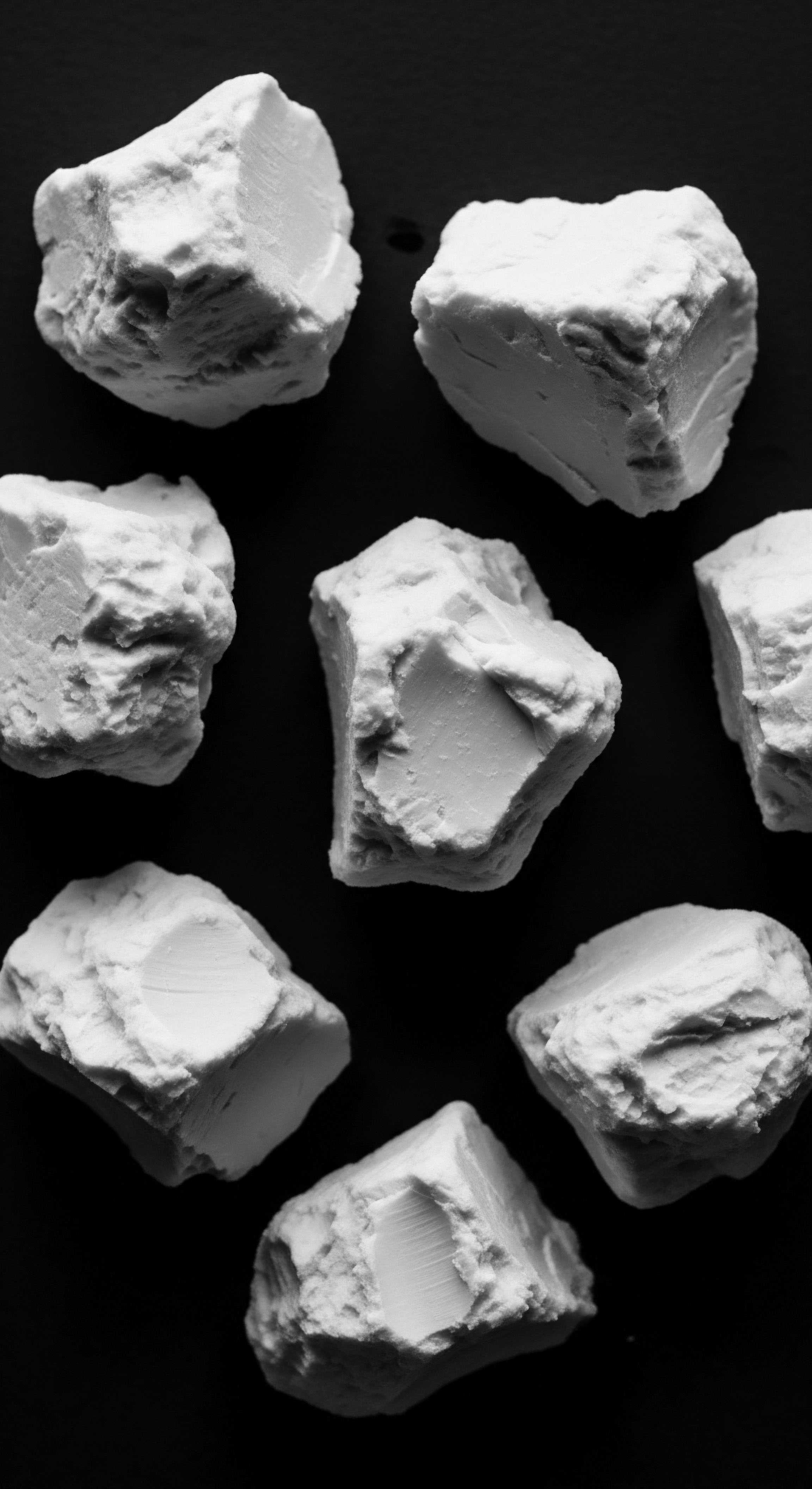
Historical Routines
Meaning ❉ Historical Routines encompass the ancestral, cultural, and adaptive hair care practices passed through generations within textured hair communities.
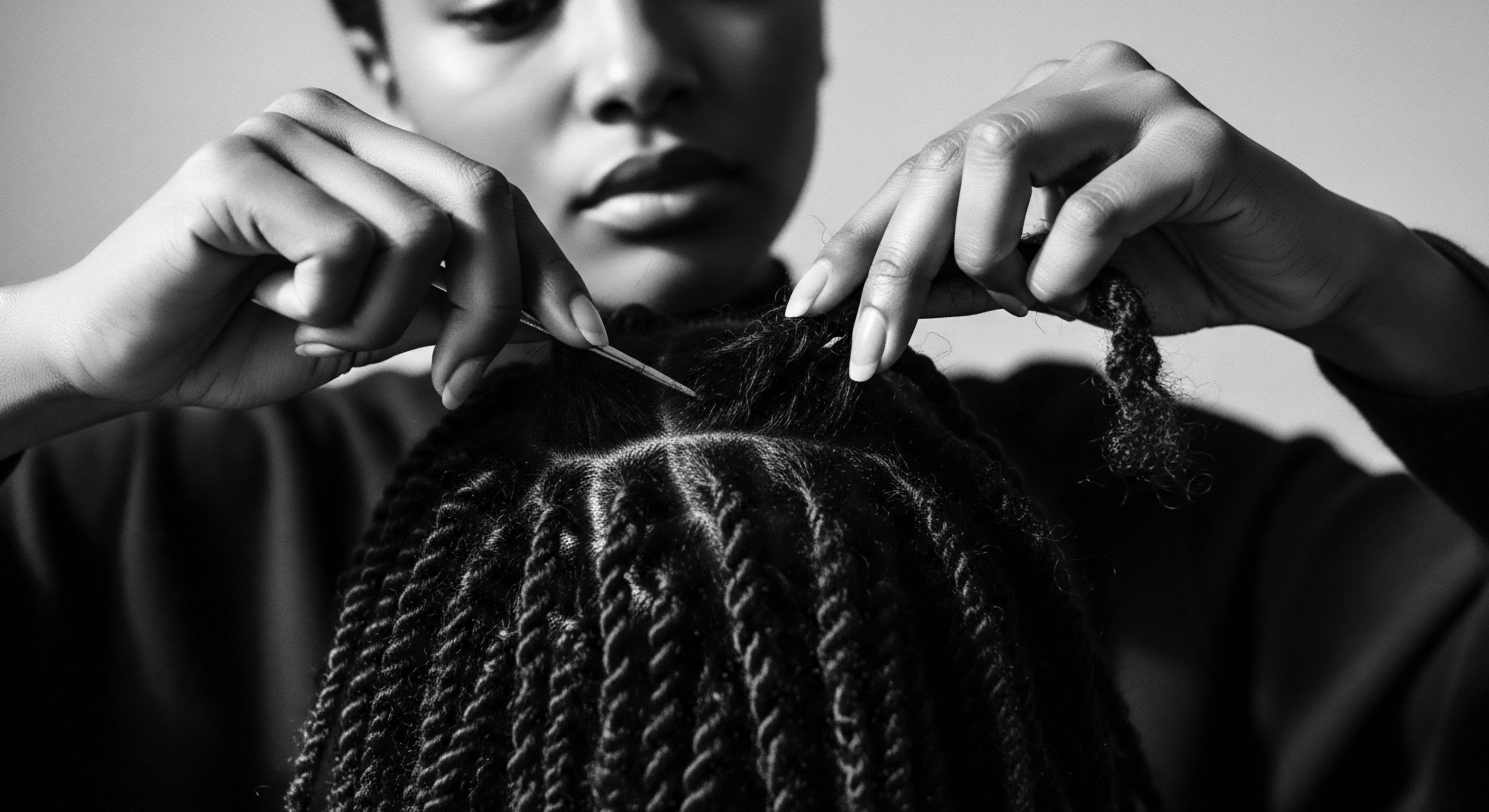
Pseudo-science
Meaning ❉ Pseudo-science refers to claims presented as scientific but lacking empirical evidence, testability, or adherence to rigorous scientific methods, often impacting textured hair heritage through misleading beauty standards.
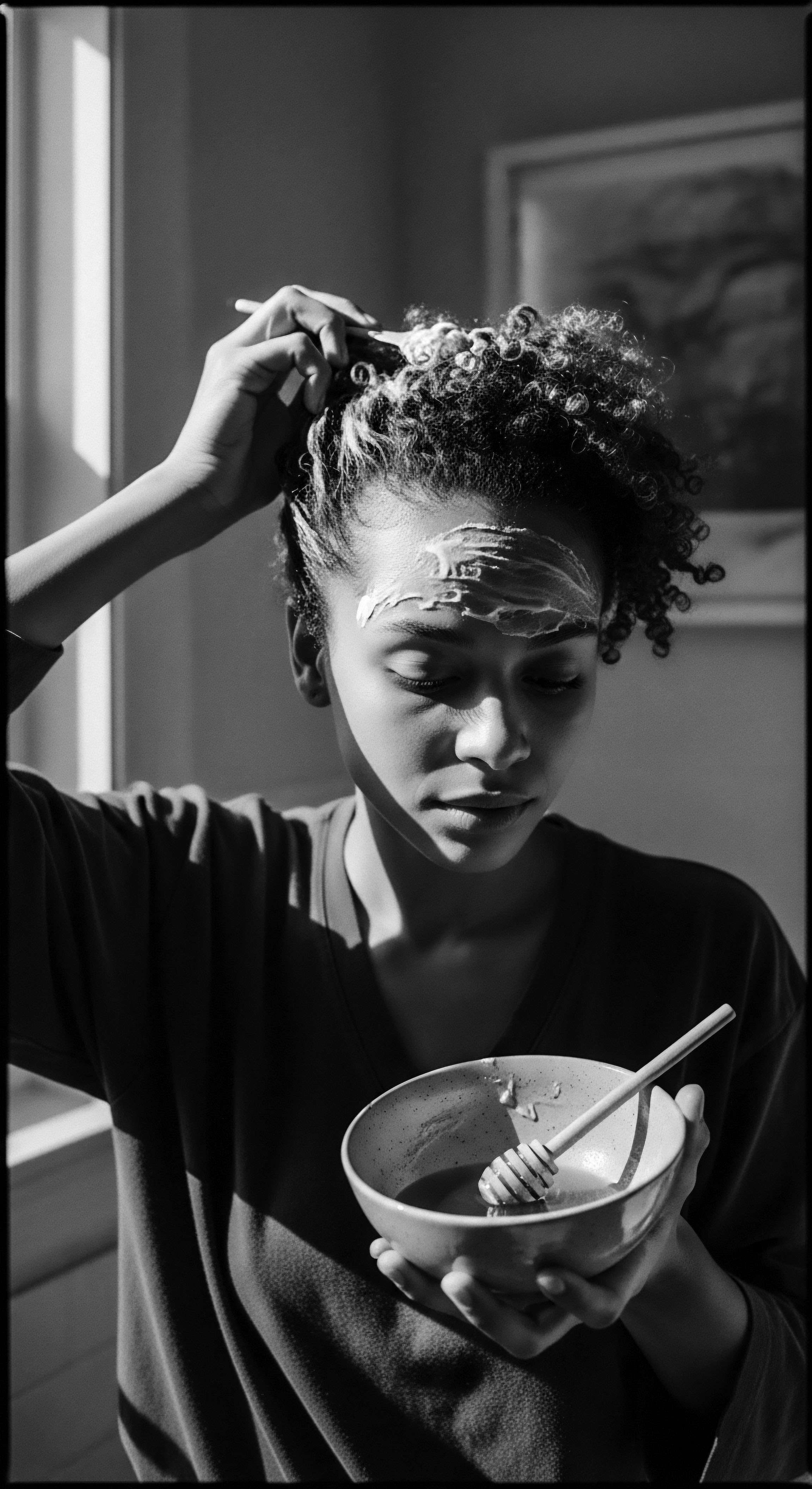
What ancestral cleansing ingredients support textured hair biology today?
Ancestral cleansing ingredients, often plant-derived saponins and mineral clays, naturally supported textured hair biology by preserving moisture and promoting scalp health, honoring a deep heritage.
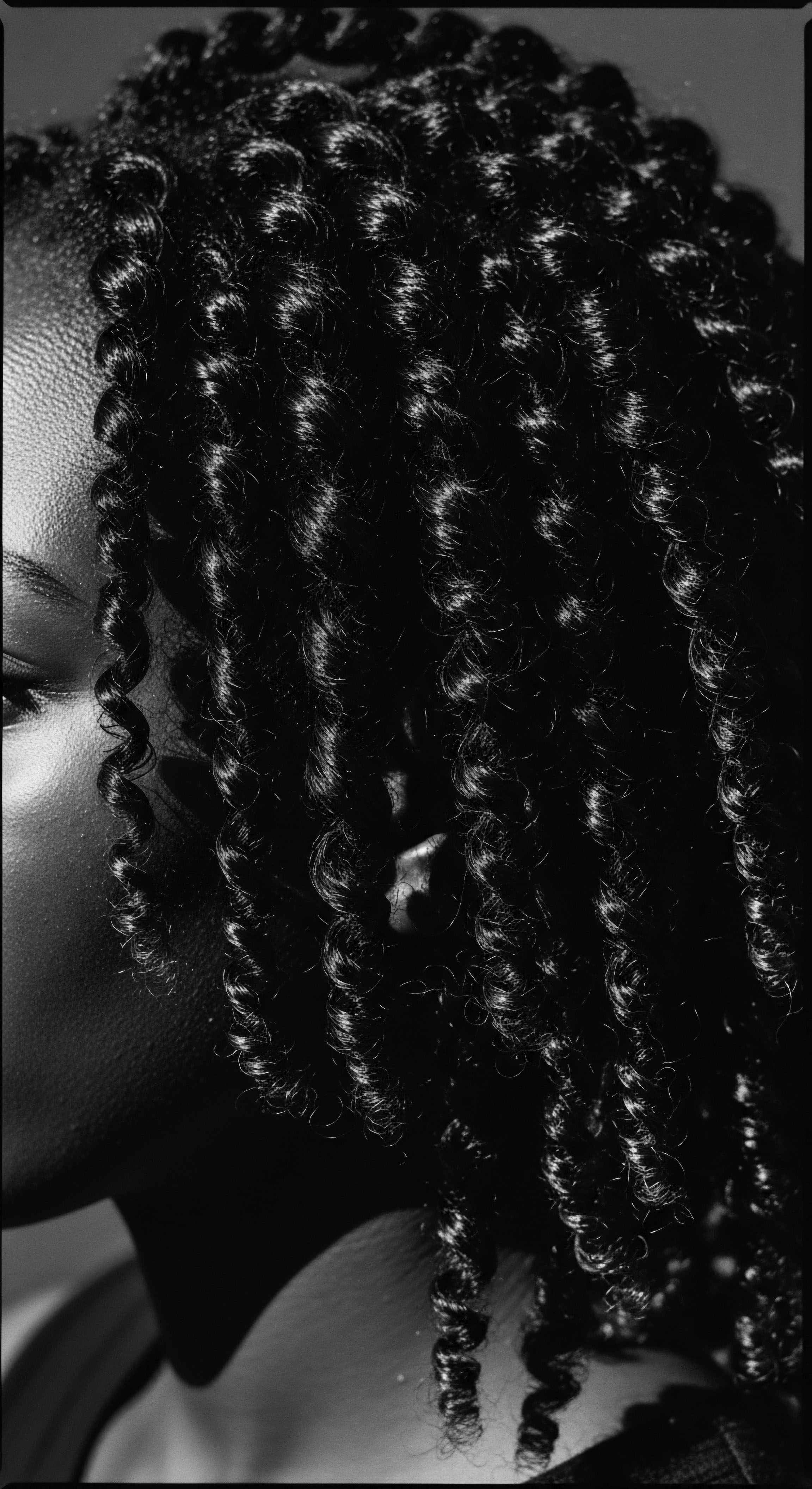
What ancestral oils nurtured textured hair’s unique structure?
Ancestral oils like shea butter, palm oil, and castor oil provided deep moisture and protection, honoring textured hair’s unique structure.

What historical foods nourished textured hair in the Caribbean?
Historical Caribbean foods, like coconut, okra, and aloe, provided essential nutrients and natural conditioners for textured hair, rooted in ancestral practices.
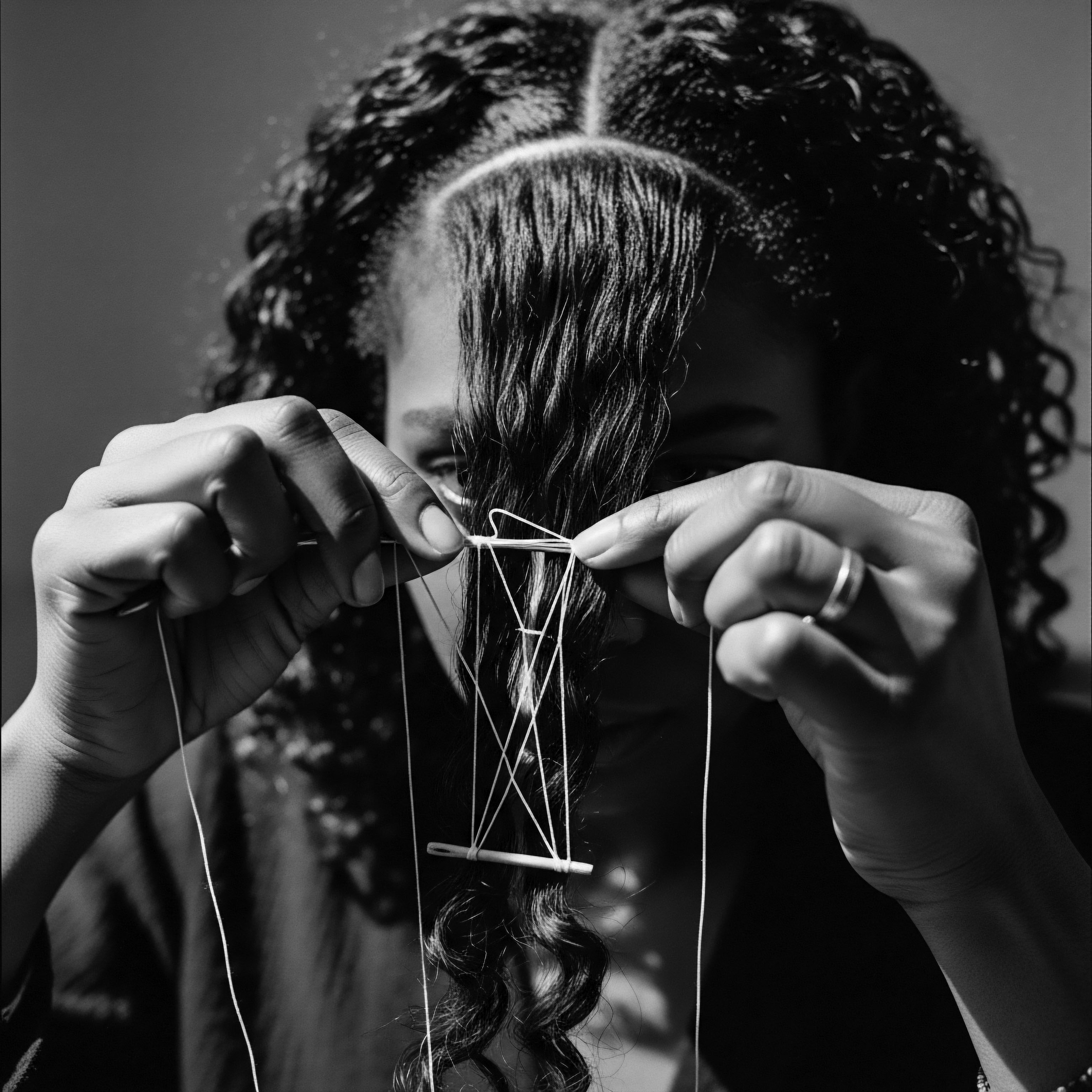
Pan-African Hair
Meaning ❉ Pan-African Hair describes the biological and cultural heritage of diverse hair textures from African descent, embodying identity and historical resilience.
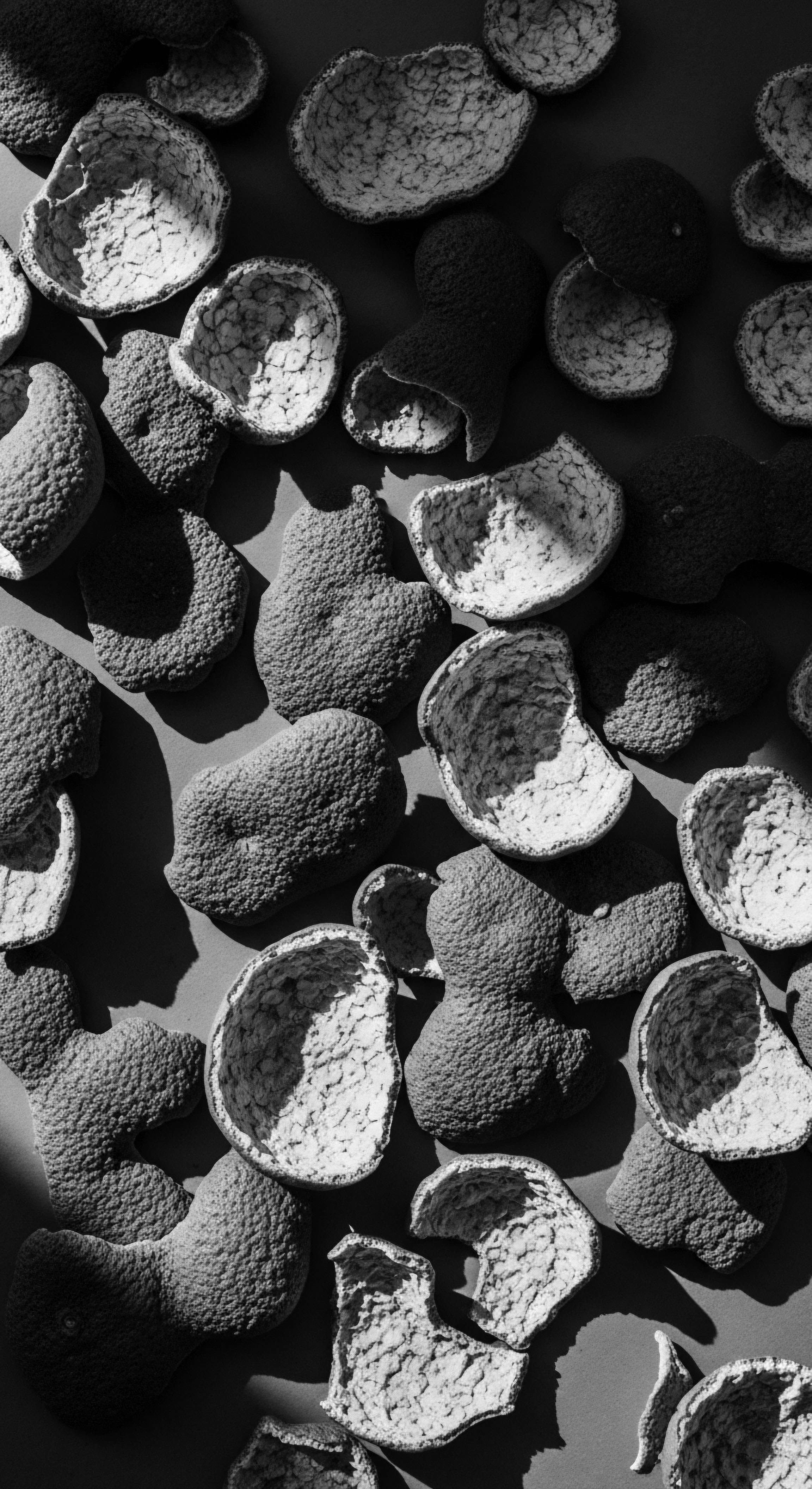
What historical nutrients strengthened textured hair?
Historical nutrients, often plant and mineral based, fortified textured hair by providing essential lipids, minerals, and proteins, rooted in ancestral wisdom and cultural practices.

What natural ingredients shielded textured hair from early environments?
Ancestral plant-based oils, butters, and clays naturally shielded textured hair from environmental stressors, a profound heritage of resilience.
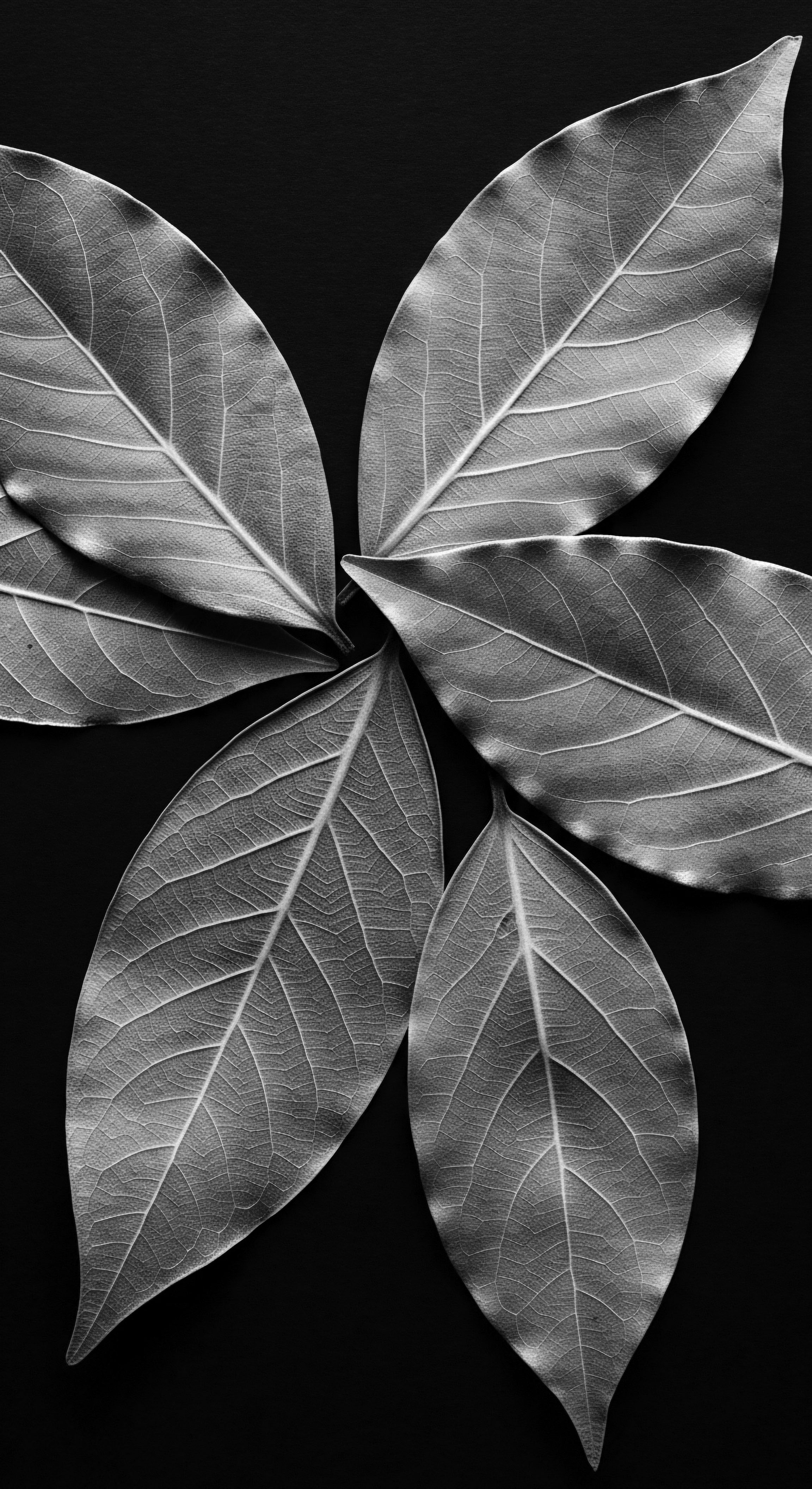
Wellness Heritage
Meaning ❉ Wellness Heritage is the intergenerational transmission of holistic well-being and hair care practices, rooted in ancestral wisdom and cultural resilience.

What is the ancestral significance of specific ingredients in textured hair cleansers?
Ancestral ingredients in textured hair cleansers hold deep significance, echoing ancient wisdom and fostering a connection to heritage.

How did ancient Egyptians use oils for hair?
Ancient Egyptians utilized natural oils and balms to protect, moisturize, and style hair, reflecting deep ancestral textured hair care wisdom.
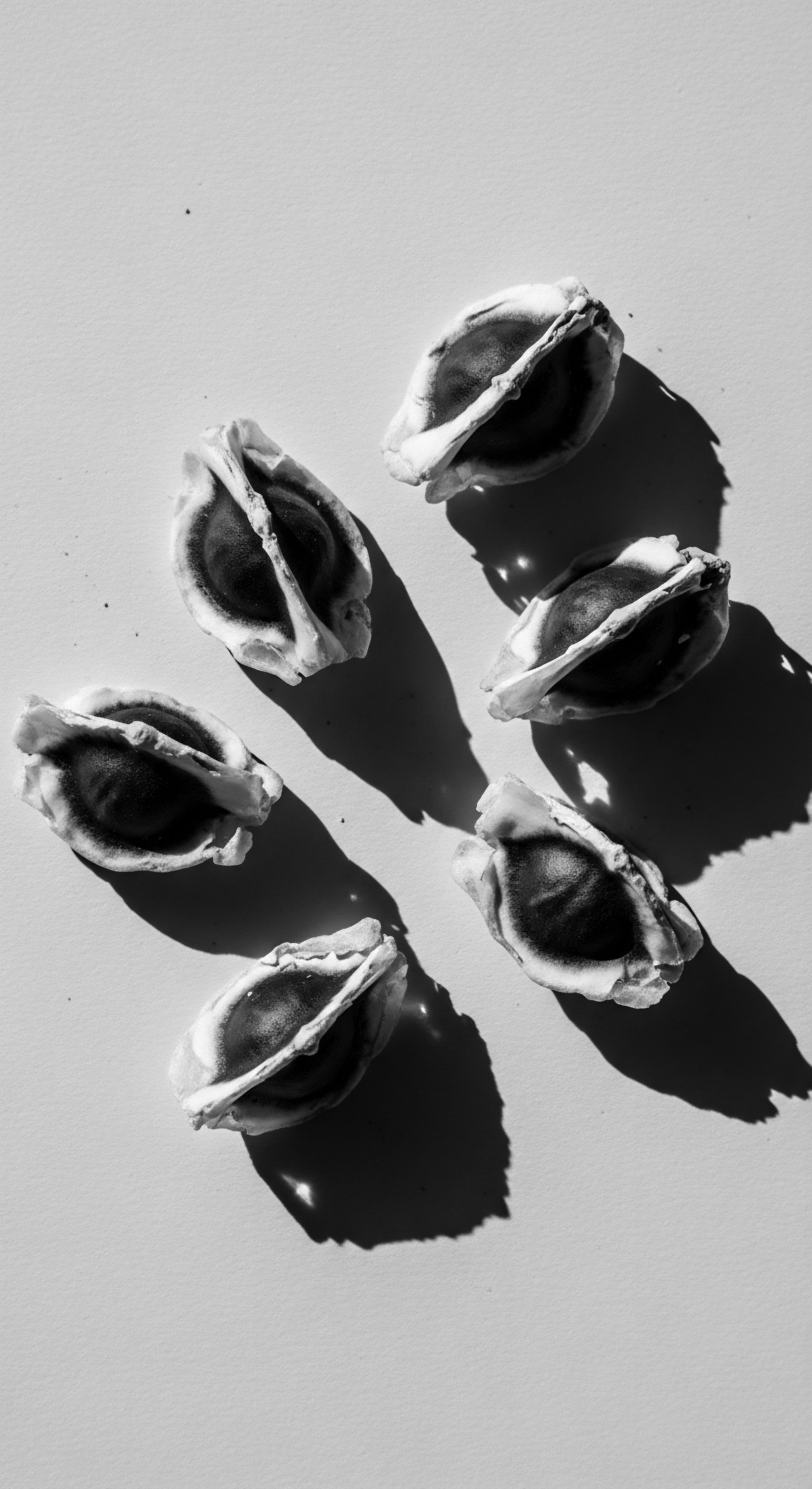
What historical plants hydrated textured hair?
Historical plants hydrated textured hair through natural mucilages, oils, and humectants, preserving ancestral wisdom and cultural connection.

What ancient oils moistened textured hair?
Ancient civilizations used oils like moringa, castor, olive, and coconut to moisturize and protect textured hair, deeply rooted in ancestral care traditions.

